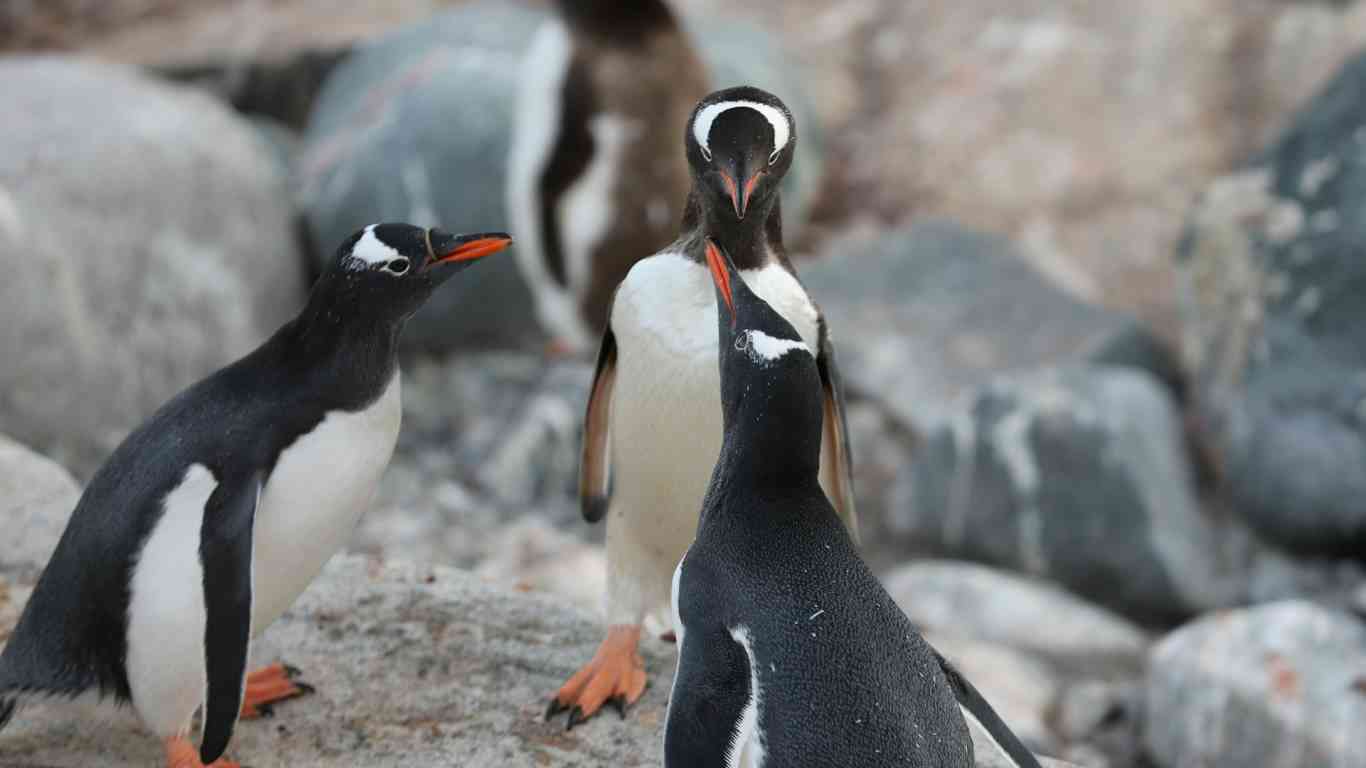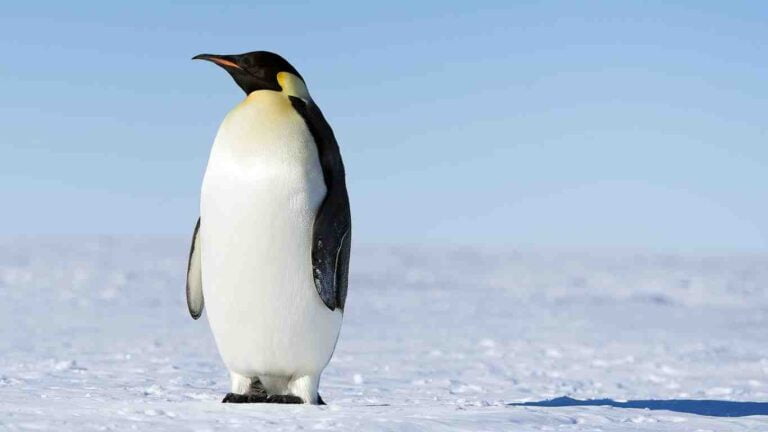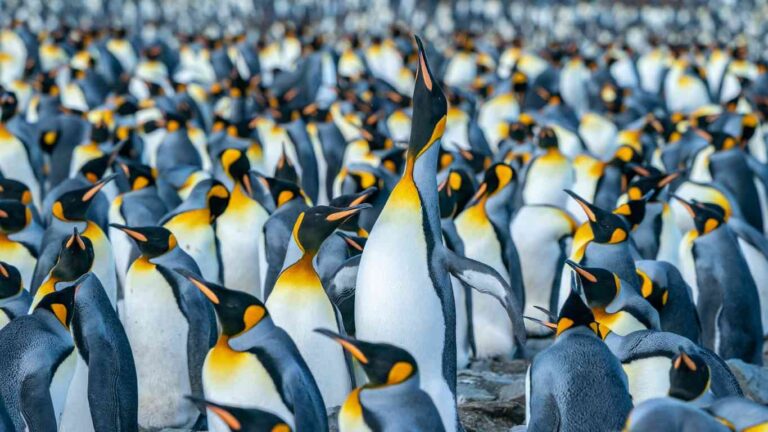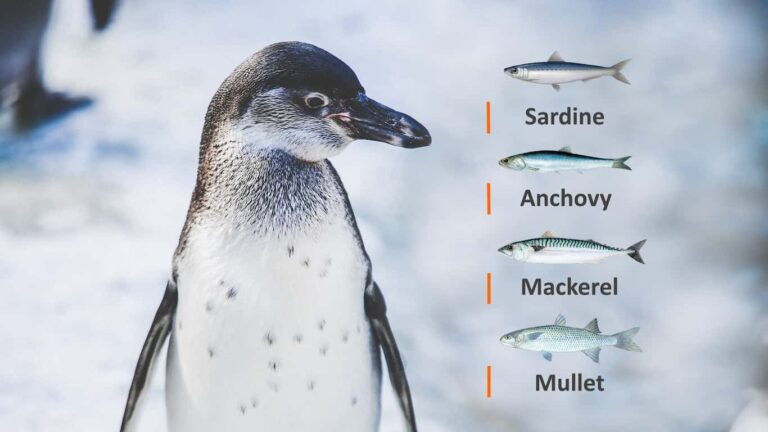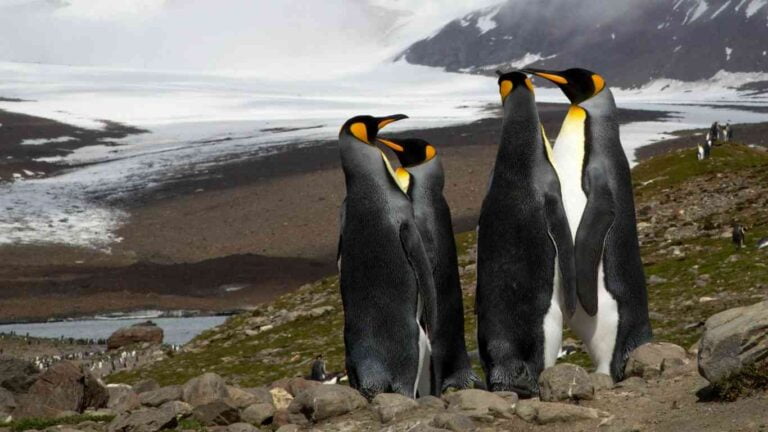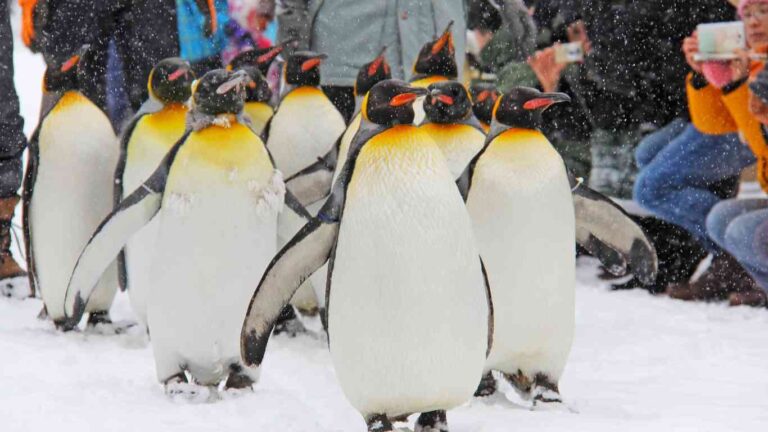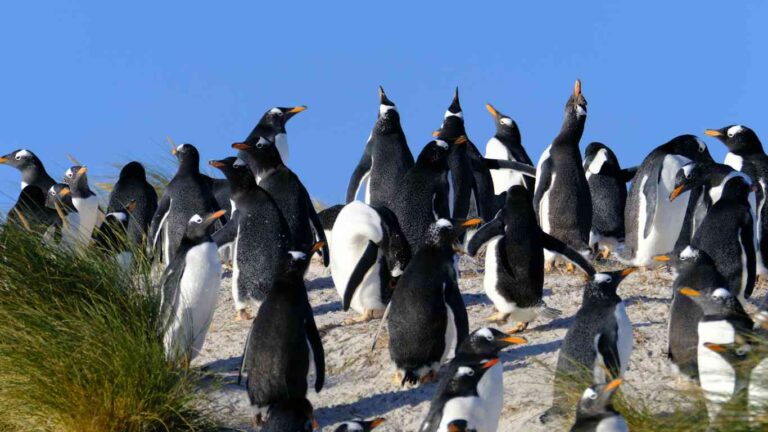Do Penguins Have Teeth?
Are you wondering if penguins have teeth like land animals? It is a common misconception that penguins have teeth.
Find the truth about how penguins eat and manage without teeth. Discover interesting details about these delightful birds and what goes on inside their beaks.
Do Penguins Have Teeth or Not?
Penguins do not have teeth in a traditional sense like humans or other mammals. However, what penguins do possess is a set of backward-facing spines on the roof of their mouths and on their tongues. These spiky structures or bristles play a similar role to teeth.
These bristles help them to hold onto slippery prey such as fish and squid. While these structures can resemble teeth, they are not true teeth in the sense that they are not separate structures capable of individual movement, nor are they used for chewing.
Penguins swallow their food whole, relying on their powerful beaks to catch and hold prey.
The spiky bristles guide the prey down their throats to be digested. This adaptation is perfectly suited to a penguin’s aquatic hunting lifestyle, ensuring efficient feeding without the need for chewing.
How Do Penguins Eat With No Teeth?
To understand penguins’ unusual feeding mechanism, it’s important to take a look at their feeding habits.
Penguins primarily feast on fish, krill, and other small sea creatures. Catching these slippery, agile prey requires an efficient method that ensures the penguins do not go hungry.
A penguin’s mouth contains sharp spines that are crucial for its survival. These spines help grip slippery prey like fish, ensuring the food doesn’t slip away.
Once caught, the prey is easily guided down the penguin’s throat by the orientation of the barbs.
When a penguin catches its prey, it doesn’t chew. Penguins swallow their food whole, and the mouth’s spiny structures called papillae ensure that once the prey is captured, it doesn’t slip away.
These modified ‘pseudo-teeth’ are perfectly streamlined for a penguin’s projectile way of feeding.
In essence, while penguins don’t have actual teeth made from enamel, they have evolved an analogous mechanism to help them in feeding.
The rigidity and structure of these spines are quite effective, offering an intriguing example of how nature adapts and improvises in the face of dietary needs.
How Penguins’ Teeth Have Changed?
While most birds have some sort of textured surface in their mouths to dress their diet, penguins’ pronounced spikey adaptations underline how extremes in environment and predatory needs can shape physical evolution even within closely related groups.
Contrary to the birds of prey, like hawks or eagles, which use talons and beaks to tear apart their food, penguins’ mechanics of eating have evolved to align with their underwater pursuits and the need for a high-protein diet that their cold environment demands.
Final Thoughts
While it’s clear penguins don’t have teeth, their feeding process is distinctive and effective.
This absence of real teeth does not put penguins at a disadvantage, it instead magnifies the fascinating diversity of evolutionary adaptations among various species.
Penguins will typically catch their prey with a quick snap of their beak. With the aid of their specialized beak ‘lining,’ they can then retain their meal, often swallowing it whole.
(Featured image by 66 north on Unsplash)

